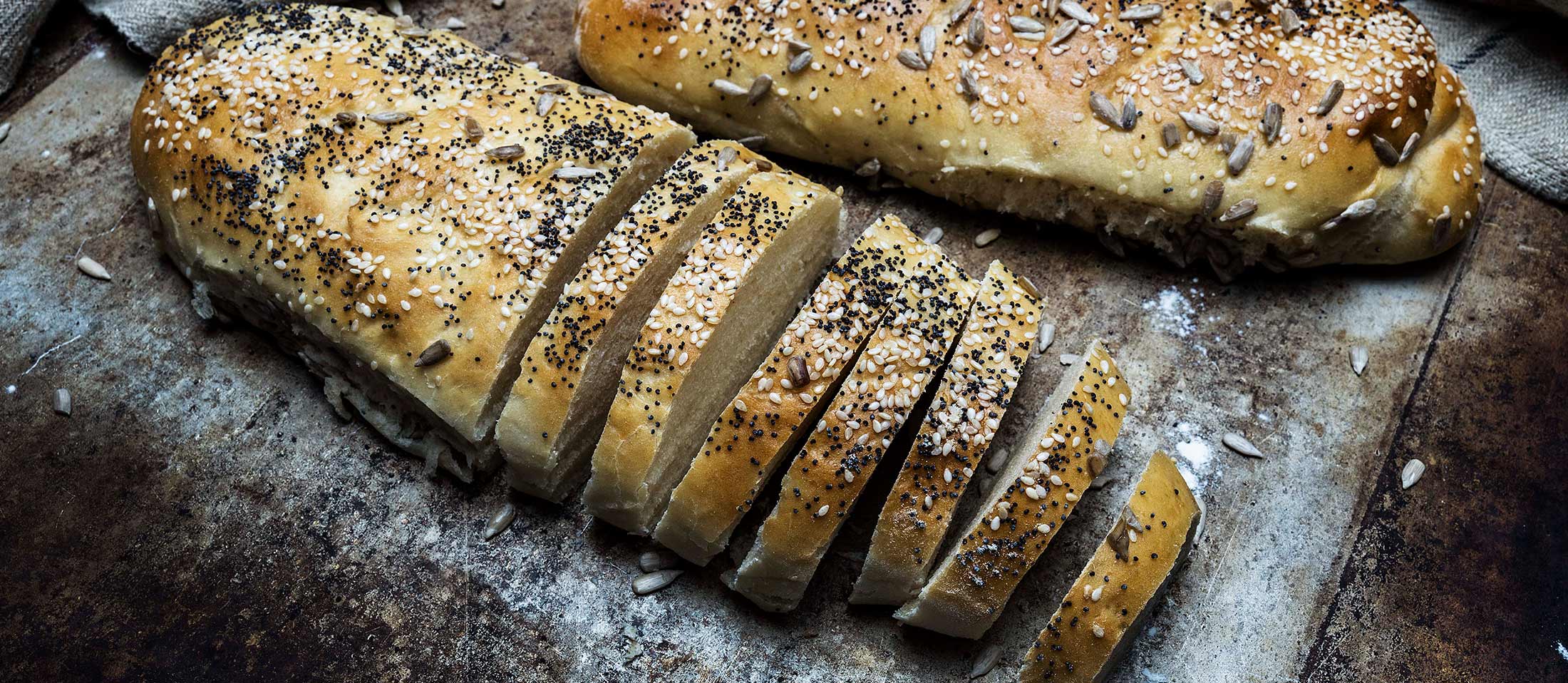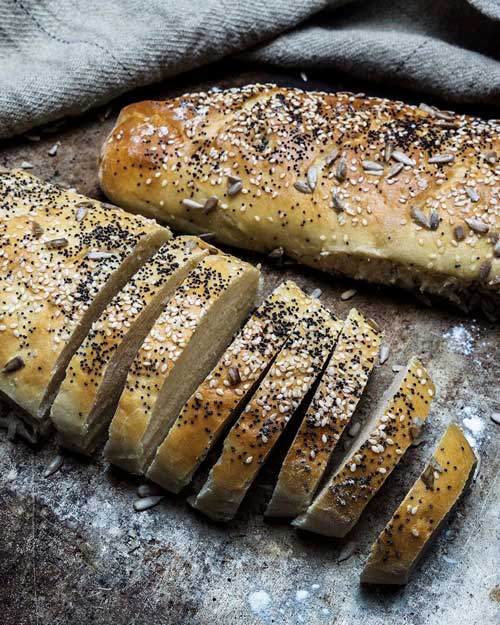For use with the ASKO Culisensor Temperature Probe
This guide will assist you in knowing what temperature to set when using the ASKO Culisensor Temperature Probe in your ASKO Elements or Pro Series ovens.
Selecting different cooking functions (combi, steam or roast) using the temperature probe will alter the end result as will the temperature of the oven that you set.
Beef
Cuts
Tenderloin, Eye Fillet, Striploin, Porterhouse, Scotch Fillet, Rib Eye, Bolar Blade Roast, Rump Roast, Girello Roast
Rare
49˚C - 51˚C
Medium Rare
52˚C - 55˚C
Medium
56˚C - 58˚C
Medium Well
60˚C – 64˚C
Well Done
68˚C +
Lamb
Cuts
Lamb Rack, Back Strap, Lamb Leg
Rare
52˚C
Medium Rare
57˚C – 59˚C
Medium
62˚C – 64˚C
Medium Well
67˚C – 68˚C
Well done
69˚C +
Pork
Cuts
Loin Roast, Rib Roast, Cutlets, Tenderloin
Rare
58˚C
Medium Rare
62˚C
Well Done
70˚C
*For tougher secondary cuts like pork belly and shoulder add minimum of 8˚C to the above list.
Chicken
Cut
Breast
66˚C – 68˚C
Boneless Thigh / Maryland
76˚C – 78˚C
Duck
Cut
Breast
Medium Rare
57˚C
Medium
62˚C
Well Done
65˚C +
Turkey
Cut
Breast
63˚C
Leg
72˚C – 75˚C
*Using a temperature probe for whole chicken, duck or turkey is not recommended
Further notes on cooking with ASKO Culisensor temperature probe.
Cooking joints of lamb, beef, pork or poultry with the bone is not recommended but can be achieved with a little extra care.
When inserting the temperature probe into a “bone in” joint ensure the probe is placed into the protein through the thickest part of the flesh.
Inserting the temperature probe for bone in joints.
Push the probe down into the flesh vertically through the thickest part of the flesh until the tip of the probe touches the bone and then pull the probe back slightly so it is not touching the bone.
Ensure the cap or rubber seal is replaced once the cooking process has ended.
Further information can be found in the user manual under the “culisensor” heading in the table of contents.

